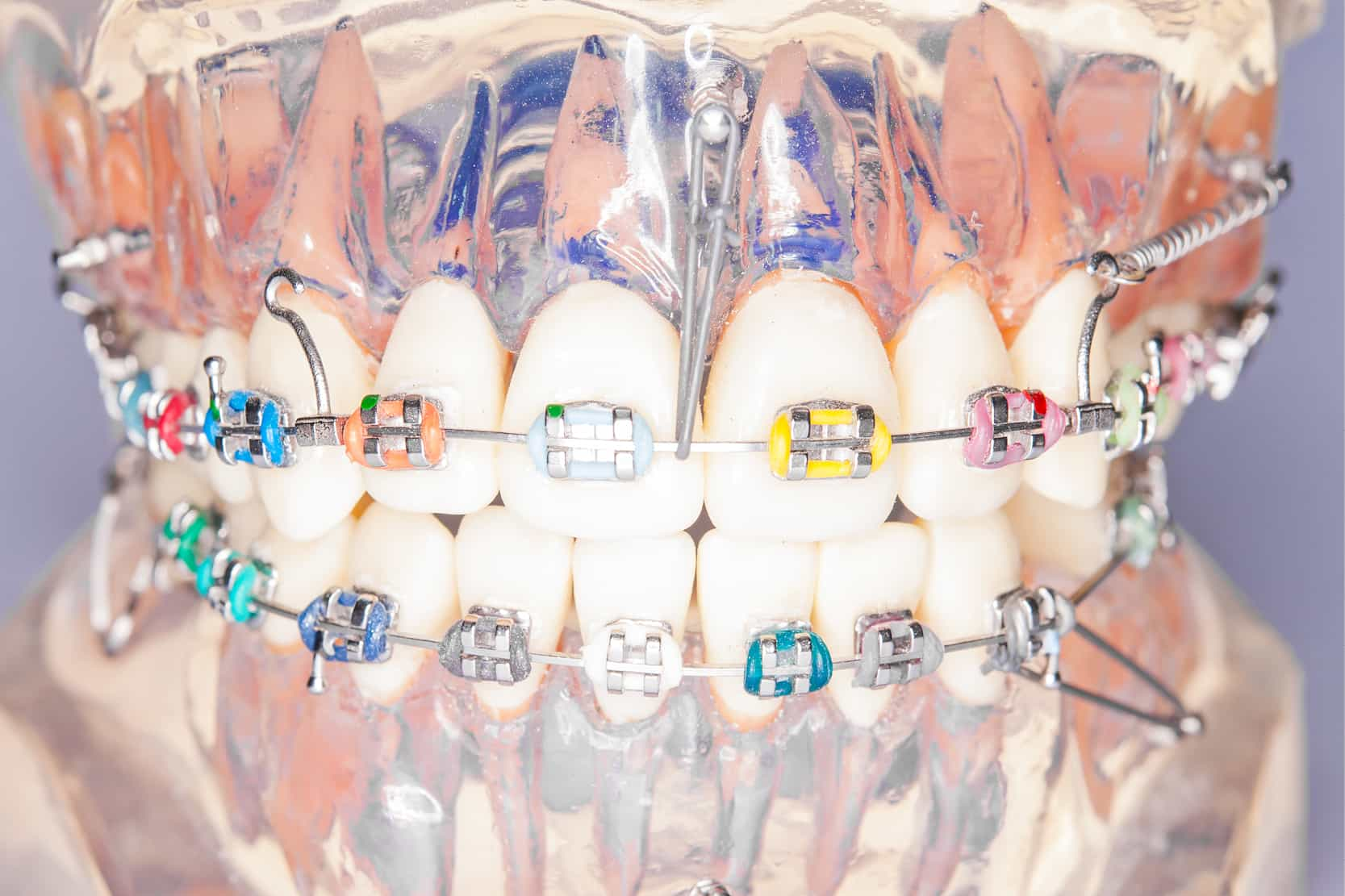
One of the greatest restrictions with traditional orthodontics has always been how to deal with anchorages. Indeed, complex movements and biomechanical functions, such as those involved in the extraction of impacted dental elements, in dental intrusion movements or in major sagittal translations, require the absolute maximum when it comes to anchorage.
In orthodontics, force must be applied to generate a dental movement, which causes an equal and opposite reaction. To limit the effects of this reaction, unless desired, minimum, medium or maximum anchorages may be required, depending on the expected effect of the reaction on the anchorage itself. (1)
The anchorage may be classified as simple, stationary, reciprocal, intraoral, intermaxillary or extraoral. (2)
In this setting, miniscrews are truly revolutionary in terms of orthodontic treatment.
Miniscrews (TADS): characteristics and materials
Miniscrews or Temporary Anchorage Devices (TADS) are temporary, screw-in, endosseous devices, providing the only real form of complete anchorage in orthodontics. (3)
They can be made of different materials (4,5) but must have some minimum common features.
The material must:
- be non-toxic and biocompatible;
- have excellent mechanical properties;
- be resistant to stress, deformation and corrosion.
The most commonly used materials in miniscrews are surgical stainless steel and titanium alloys, which are both biocompatible. (6)
Titanium screws allow for direct contact with the bone and osseointegration with the surrounding bone tissue, whereas steel screws tend to cause fibrointegration of the screw inside the bone. (7-9)
Despite these differences, both materials offer predictable clinical outcomes and a comparable biomechanical stability. (10,11)
This lack of superiority of titanium, which should provide superior stability through osseointegration, can be explained due to the failure of the integration mechanism of most miniscrews, meaning that a layer of fibrous connective tissue tends to form on the bone implant, just like with the steel miniscrews. (12)
The biggest difference between the two materials is that steel has better mechanical characteristics (13,14). When torque values and therefore torsional stress limits are exceeded when screwing in or removing screws, steel’s higher resistance capabilities mean there is a lower number of fractures. (15)
Benefits of miniscrews and skeletal anchorage
The benefits of using miniscrews are all down to the ability to achieve skeletal anchorage, which offers complete anchorage.
Depending on the location and the type of force applied, anchorages that would have once required the use of complex biomechanical functions, extraoral devices and close cooperation with the patient can now be achieved.
Skeletal anchorage can also succeed where other biomechanical functions would be complicated. (1)
Certain movements, such as intrusion, are extremely difficult without the use of miniscrews. With the right positioning, miniscrews can help achieve significant sagittal movements without requiring any cooperation from the patient. Since there are no reactive movements or forces, better results can be achieved and with a more predictable outcome.
Pure skeletal anchorage can be elective in cases where an orthopaedic/skeletal effect is desired, without having to alter the position of the teeth.
Miniscrews can be integrated into existing devices, replacing or improving the type of anchorage, in order to reduce or eliminate the unwanted movements we can achieve with traditional anchorages. (16-18)
Miniscrews can be used in various anatomical sites and in inter-radicular or extra-radicular sites (19-21).
Biomechanically speaking, the advantages and disadvantages of each area of application depend on the desired movements. For example, inter-radicular miniscrews limit teeth movement in the areas near the screw itself.
When it comes to the drawbacks of using TADS, it is worth recalling their possible failure and loss of stability, the increased risk of iatrogenic damage when positioning the screws and the rising costs.
Bibliography
- Cope, J. B. (2005, March). Temporary anchorage devices in orthodontics: a paradigm shift. In Seminars in orthodontics (Vol. 11, No. 1, pp. 3-9). WB Saunders.
- Ottofy, L. (1923). Standard Dental Dictionary. Laird & Lee, Incorporated.
- Daskalogiannakis, J., Miethke, R. R., & McNamara, J. A. (2000). Glossary of Orthodontic Terms (p. 79). Batavia, IL, USA: Quintessence Publ..
- Singh, K., Kumar, D., Jaiswal, R. K., & Bansal, A. (2010). Temporary anchorage devices – Mini-implants. National Journal of Maxillofacial Surgery, 1(1), 30-34.
- Bollero, P., Di Fazio, V., Pavoni, C., Cordaro, M., Cozza, P., & Lione, R. (2018). Titanium alloy vs. stainless steel miniscrews: an in vivo split-mouth study. European Review for Medical and Pharmacological Sciences, 22(8), 2191-2198.
- Cornelis, M. A., Scheffler, N. R., De Clerck, H. J., Tulloch, J. C., & Behets, C. N. (2007). Systematic review of the experimental use of temporary skeletal anchorage devices in orthodontics. American Journal of Orthodontics and Dentofacial Orthopedics, 131(4), S52-S58.
- Branemark, P. I. (1977). Osseointegrated implants in the treatment of the edentulous jaw: experience from a 10-year period. Scad J Plast Reconstr Surg, 16, 1-132.
- Albrektsson, T., & Hansson, H. A. (1986). An ultrastructural characterization of the interface between bone and sputtered titanium or stainless steel surfaces. Biomaterials, 7(3), 201-205.
- Gotman, I. (1997). Characteristics of metals used in implants. Journal of Endourology, 11(6), 383-389.
- Papadopoulos, M. A. (2008). Orthodontic treatment of Class II malocclusion with miniscrew implants. American Journal of Orthodontics and Dentofacial Orthopedics, 134(5), 604-e1.
- Reynders, R., Ronchi, L., & Bipat, S. (2009). Mini-implants in orthodontics: a systematic review of the literature. American Journal of Orthodontics and Dentofacial Orthopedics, 135(5), 564-e1.
- Nanda, R., & Uribe, F. A. (2010). Miniviti e placche: Dispositivi temporanei di ancoraggio in ortodonzia. Elsevier Health Sciences.
- Buschang, P. H., Carrillo, R., Ozenbaugh, B., & Rossouw, P. E. (2008). 2008 survey of AAO members on miniscrew usage. Journal of Clinical Orthodontics: JCO, 42(9), 513-518.
- Francioli, D., Ruggiero, G., & Giorgetti, R. (2010). Mechanical properties evaluation of an orthodontic miniscrew system for skeletal anchorage. Progress in Orthodontics, 11(2), 98-104.
- Brown, R. N., Sexton, B. E., Chu, T. M. G., Katona, T. R., Stewart, K. T., Kyung, H. M., & Liu, S. S. Y. (2014). Comparison of stainless steel and titanium alloy orthodontic miniscrew implants: a mechanical and histologic analysis. American Journal of Orthodontics and Dentofacial Orthopedics, 145(4), 496-504.
- Sahin, T., Delforge, A., Garreau, E., Raoul, G., & Ferri, J. (2016). Orthopedic treatment of Class III malocclusions using skeletal anchorage: A bibliographical review. International Orthodontics, 14(3), 263-272.
- Fouda, A. S., Aboulfotouh, M. H., Attia, K. H., & Abouelezz, A. M. (2020). Carriere Motion Appliance with miniscrew anchorage for treatment of Class II, division 1 malocclusion. J Clin Orthod, 54(10), 633-641.
- Lin, L., Ahn, H. W., Kim, S. J., Moon, S. C., Kim, S. H., & Nelson, G. (2015). Tooth-borne vs bone-borne rapid maxillary expanders in late adolescence. The Angle Orthodontist, 85(2), 253-262.
- Chang, C. H., Lin, L. Y., & Roberts, W. E. (2021). Orthodontic bone screws: A quick update and its promising future. Orthodontics & Craniofacial Research, 24, 75-82.
- Poggio, P. M., Incorvati, C., Velo, S., & Carano, A. (2006). “Safe zones”: a guide for miniscrew positioning in the maxillary and mandibular arch. The Angle Orthodontist, 76(2), 191-197.
- Ghosh, A. (2018). Infra-zygomatic crest and buccal shelf – orthodontic bone screws: a leap ahead of micro-implants – clinical perspectives. Journal of Indian Orthodontic Society, 52(4_suppl2), 127-141.
Would you like more information about Zhermack Dental products and solutions?
Contact us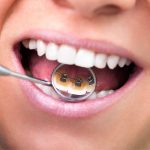
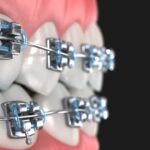
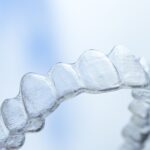
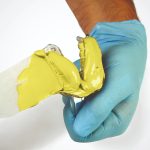

 Zhermack SpA has been one of the most important producers and international distributors of alginates, gypsums and silicone compounds for the dental sector for over 40 years. It has also developed solutions for the industrial and wellbeing sectors.
Zhermack SpA - Via Bovazecchino, 100 - 45021 Badia Polesine (RO), Italy.
Zhermack SpA has been one of the most important producers and international distributors of alginates, gypsums and silicone compounds for the dental sector for over 40 years. It has also developed solutions for the industrial and wellbeing sectors.
Zhermack SpA - Via Bovazecchino, 100 - 45021 Badia Polesine (RO), Italy.


